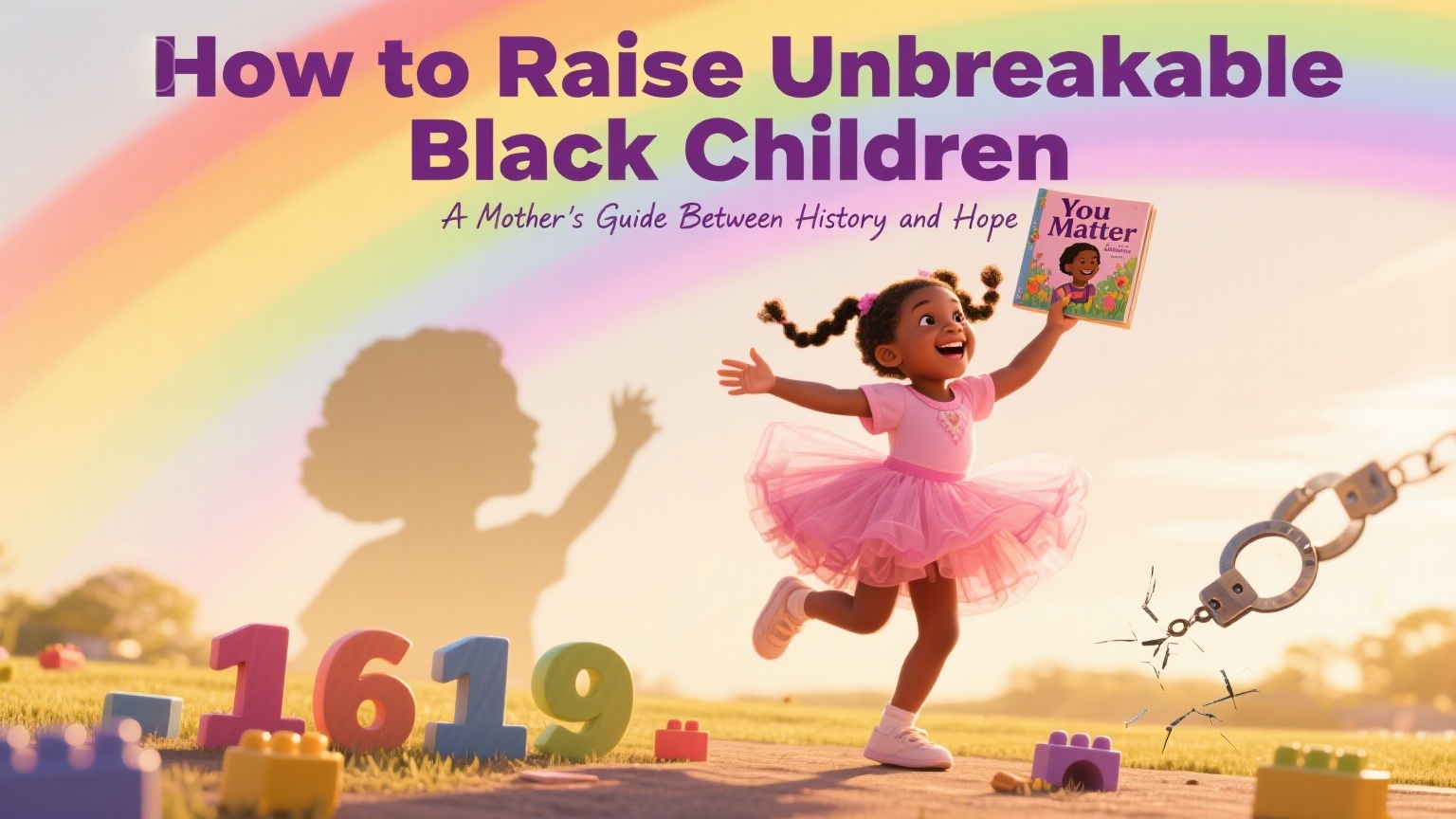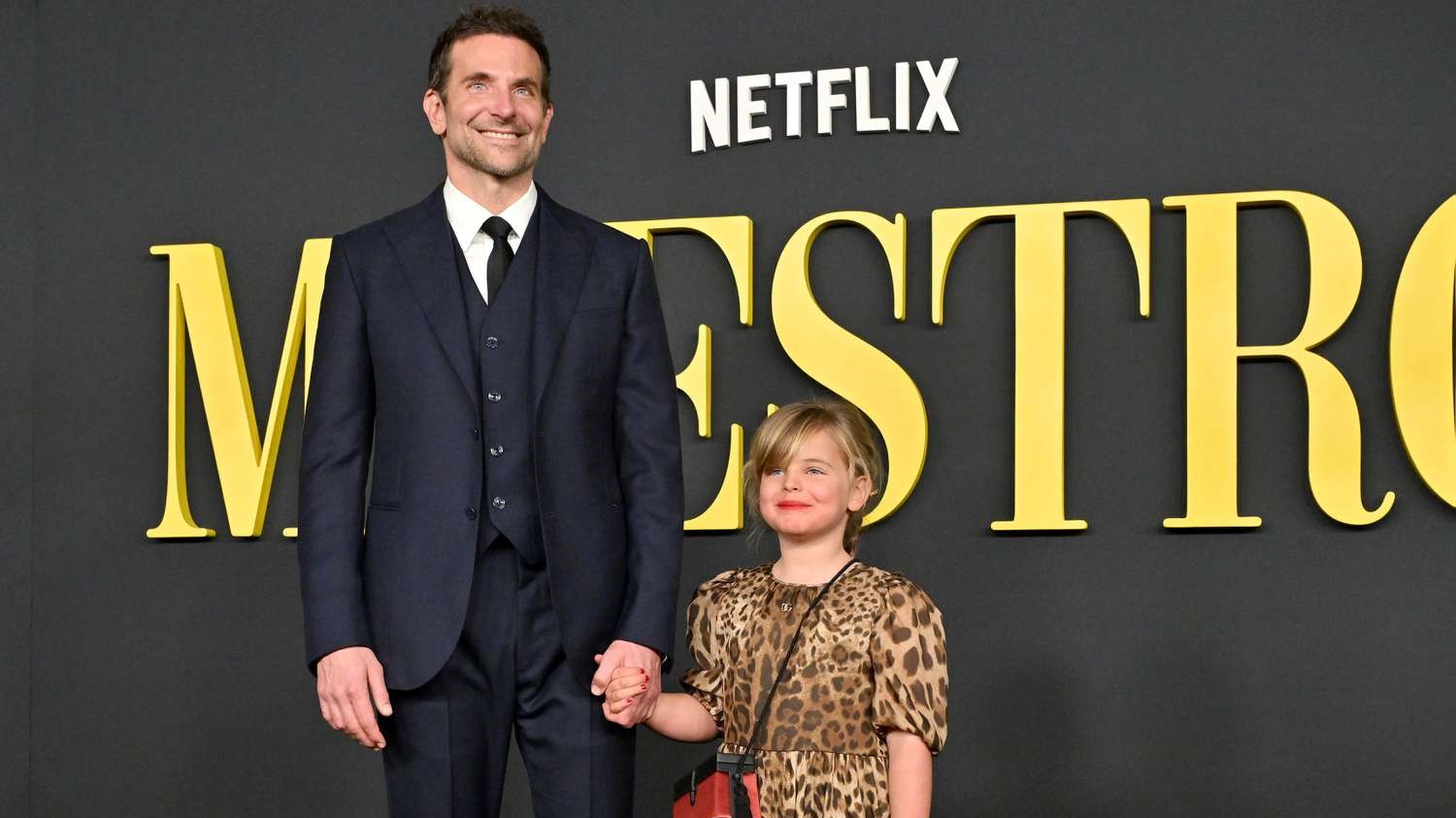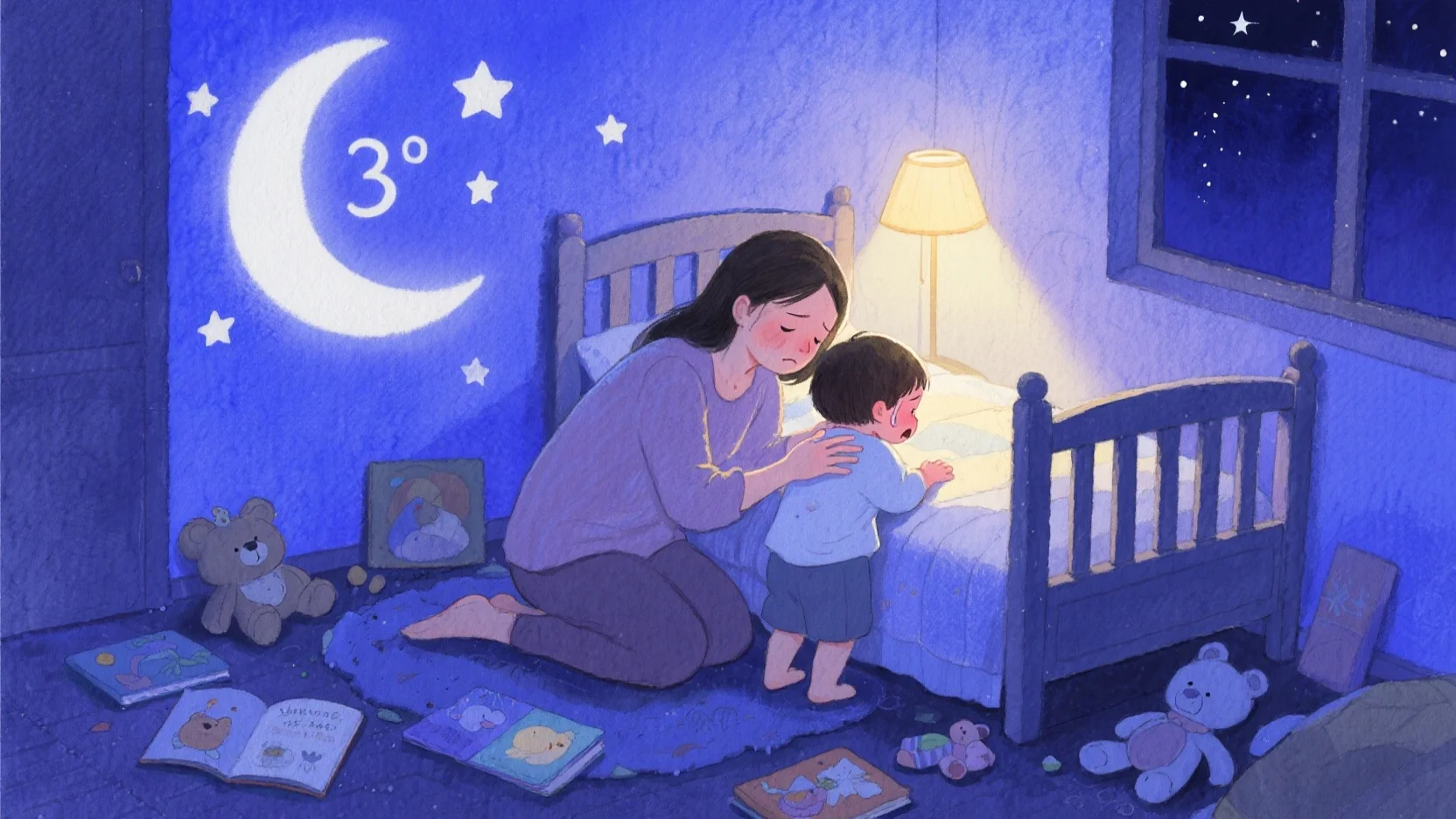As my three-year-old daughter twirls in her princess dress, her brown skin glowing under the sunlight, I feel both overwhelming love and paralyzing fear. I’ve filled her world with Black fairy tales and scientists, with dolls that mirror her curls and picture books where characters like her save the day. Yet every time she waves at a police officer on our street, my body tenses. How do I prepare her for a world that might one day see her as a threat rather than this radiant child singing made-up songs about unicorns?
The video of George Floyd’s murder felt like someone had ripped open every scar my ancestors left me. For weeks afterward, I’d sob during her naptime, then paste on a smile when she woke up asking for pancakes. My grandmother used to say trauma moves through us like inherited jewelry—except we don’t get to choose whether to wear it.
The Ghosts in Our Nursery
When I was eight, a white waitress at our local diner would “forget” my family’s order until every white patron was served. At thirteen, moving to Long Island meant hearing chainsaws revving as neighbors screamed the N-word to keep us out. By thirty, I’d perfected the art of laughing off coworkers touching my hair without permission.
Now I watch my daughter point to her skin in the mirror saying “pretty like Mommy,” and my throat closes. She doesn’t know that the same world celebrating her cuteness today may one day criminalize her teenage body. That her innocent habit of picking dandelions could be mistaken for “stealing.” That the princess phase will collide with a society still wrestling with whether Black women deserve to be soft, to be vulnerable, to simply be.
The False Dawns
History keeps showing us beautiful lies:
- 1863: Emancipation Proclamation → Then came the Klan riding through towns like mine in Tennessee
- 1964: Civil Rights Act → Then came the war on drugs that jailed my uncle for a single crack vial
- 2008: A Black president → Then came the birtherism and the rise of “very fine people” marching with tiki torches
Even now, as corporations scramble to hire DEI consultants and white friends text “How can I help?”, I remember the silence after Trayvon Martin. The performative outrage that faded until the next hashtag. The way even “progress” often just reshapes the chains—from plantation slavery to prison labor, from segregated schools to underfunded districts.
The Delicate Art of Hope
Yet something is different this time. When protesters in Portland formed human walls to shield Black demonstrators, when white coworkers started asking “How do we actually change policies, not just post black squares?”, when my daughter’s preschool teacher added books about Ruby Bridges to the curriculum without being asked—I feel a fragile bud of hope.
Maybe this is what my great-grandmother felt reading the Emancipation Proclamation by candlelight. Not naive belief that racism would vanish, but stubborn faith that each generation’s pain might plant seeds for the next.
The Lessons in the Storm
This pandemic year taught us brutal truths:
- Air doesn’t discriminate—but ventilators do
- Virus don’t check skin color—but police stops do
- We’re all connected—whether sharing a subway or a justice system
As I rock my sleeping daughter tonight, I whisper two truths into her curls:
- “You will inherit fires, but you carry living water.”
- “The world will try to shrink you—so we’ll teach you to take up space.”
Maybe her generation will be the one where “Black Lives Matter” shifts from protest chant to lived reality. Until then, I’ll keep filling her world with Black joy—not as an escape from reality, but as armor against it. Because the greatest rebellion is raising a Black child who believes, deep in their bones, that they were never meant to survive.








